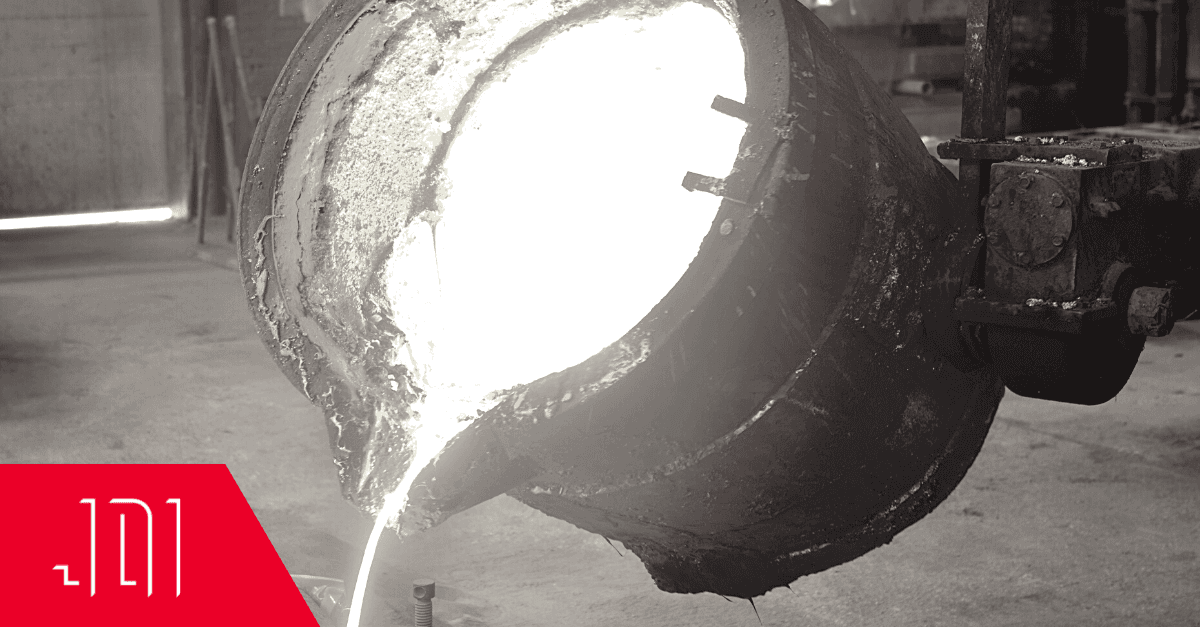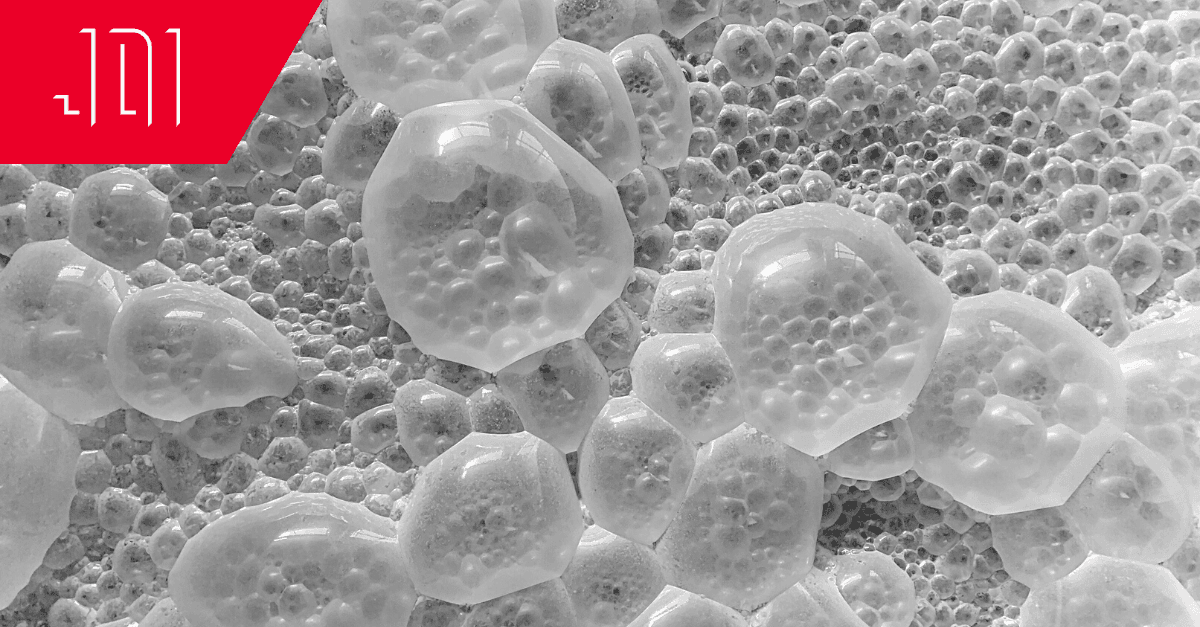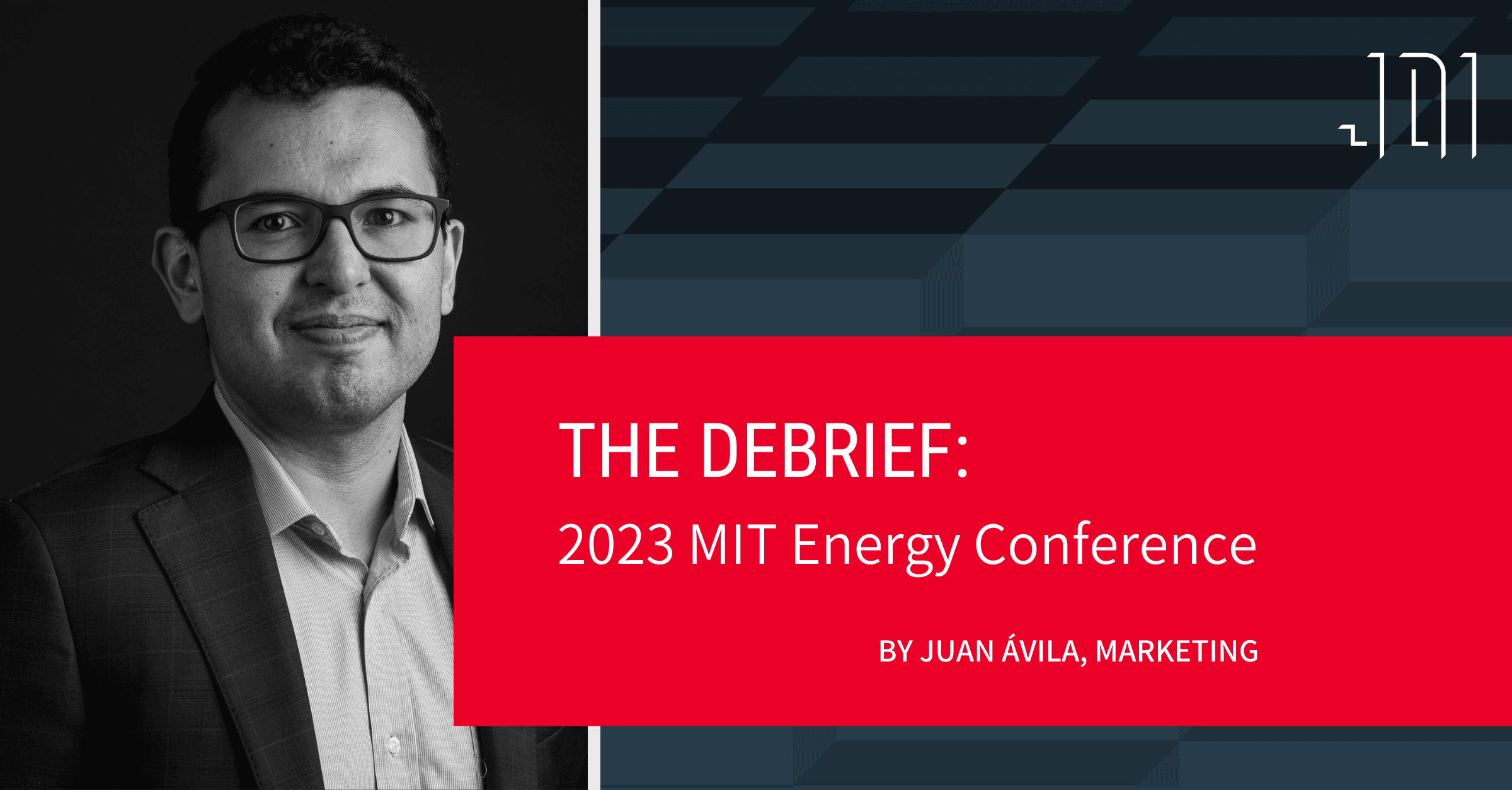Material Science and Machine Learning

Human history is punctuated by material science: the stone age, the bronze age, the iron age. In modernity, these epochs have accelerated dramatically, and are no longer measured in thousands of years. The concrete and steel age began around 200 years ago, and one could argue our current age, silicon and plastic, began a mere 50 years ago. Just as the bronze age beget the iron age, humankind is turning to silicon, more specifically, machine learning and artificial intelligence, to usher us into the next species-defining material.
Human understanding of atomic and molecular structures has exploded in the past 100 years or so: Ernest Rutherford’s theory of the atom was released in 1911, and it was the first to feature a model with a nucleus in the center. Since then, our study of atomic and molecular structure has expanded rapidly as scientists dive deeper into relationships between pressure, temperature and time, to develop new materials and processes.
What is Material Science
Classic material science discovery is a lot like baking. If you want to create a new type of cake, you start with what you know. You take one flavoring, and try changing it for another. Maybe you want to make a more dense cake, and you tinker with your fats or leavening agents. You experiment based on your previous knowledge, and you’re trying to come up with something new. if what comes out of the oven looks edible, you taste-test. Sometimes you get lucky on the first try and it’s perfect, and on others, it goes straight to the trash. When you get something that you’re proud of, you try it out on friends and family to see what they think.
This example is very similar to how new types of glass, metal, plastic or chemicals have been historically invented: through multiple iterations and rigorous experiments. Whatever makes it through laboratory tests, is then moved to real-world applications — where it can be further studied before the final product is released. This process must balance the difficulty of manufacturing the final material, with the desired properties of the material.
Computer simulations of molecular structures were only recently introduced in the past few decades. This grew our theoretical understanding of material science dramatically: allowing scientists to study and iterate faster and with more focus than they previously could dream of. Just like with our cake example, a lot of labor, time and money goes into synthesizing and testing of new materials. Computer models can eliminate almost all of the dead-on-arrival materials, letting experimenters focus their efforts on the most promising of candidates.

Material Informatics
Today, artificial intelligence (AI) and machine learning have taken the reins on the iterative process in the form of Materials Informatics. Instead of scientists and engineers working line by line, model by model to develop new materials, this work is being outsourced. Datasets for atomic and molecular properties are developed, then handed off to data scientists. They design parameters for the AI to operate under, and help to train and improve the AI before it begins to work through the data. Machine learning is very good at recognizing patterns and methodically working towards optimization, effectively turning a scientific problem into a mathematical one. The AI continuously tests the relationships between the parameters and constraints of the working space.
The predictions that material informatics provides can then skip right to the experimentation stage, helping to save countless hours of labor. The technology is at work developing new types of metal, plastic and glass today, but not without challenges. Not only are computational costs and time dramatically increased as more and more features are added to the model, but so too is the amount of noise. Each feature is measured against one another to find patterns and relationships between them, and the way they interact. The more interactions the longer the compute time, and a far greater chance of your model not learning in a desired way, or the signal being lost entirely.
On top of this, each facet of material science is highly specialized, with no one-size-fits-all approach to algorithm development. Features within a dataset aren’t always compiled in a way that they can be cross-analyzed with every other feature. This causes each algorithm to be tailored to the experiment designs and parameters.
This may sound bleak, but it’s really another exciting problem to be solved for material scientists and engineers. As people become more comfortable utilizing the AI for material research and synthesis, new discoveries will break down these barriers. Phaseshift Technologies is using material informatics for both quantum and metal applications. For more biological applications, check out Cemvita, who are tackling the carbon revolution.
In that sense, material science is very similar to most fields of science. Every new challenge is an opportunity to expand our knowledge and, with any luck, invent something that changes the world. Materials informatics is only taking its first steps, but JDI believes that it will help to bring us to greater, and hopefully greener, places.



